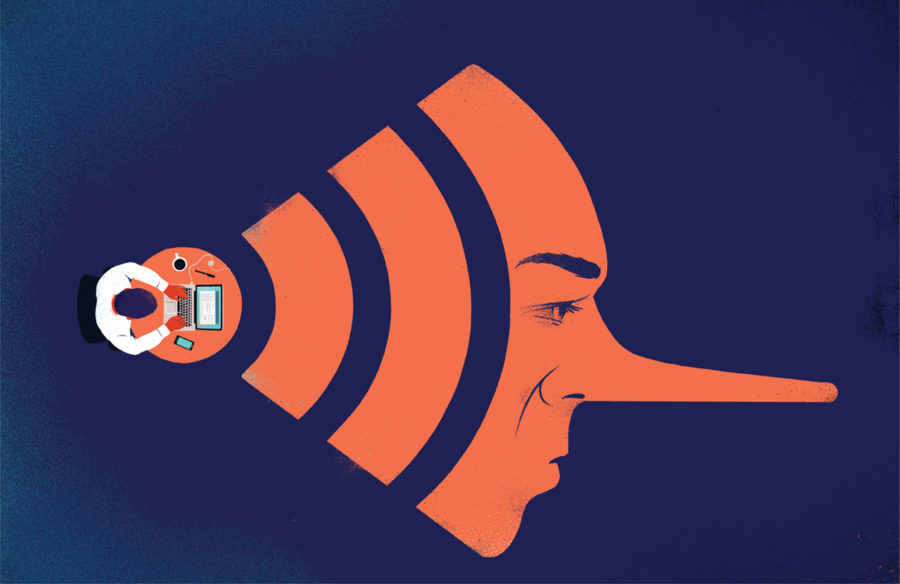The 21st century is marked as an era of snackable content. Everything has been designed to ease and attract the customers. Snackable content ranges from short, attention-grabbing and emotional videos on Instagram or Snapchat to short, sweet and extremely filling book reviews on Blinkist or Good Reads. These are just a few anecdotes to feature the bombardment of multiple narratives on the internet. The good part is that everyone becomes enlightened and can choose a narrative of his own desire but the challenging part of this smart world is that it can mislead the many as people do not usually get to know the other side of the story. Therefore, personal bias and hatred of the reader tilts the narrative towards one side.
Similarly, sponsored and targeted content can transform the ideas and opinions of the people at large. It has been witnessed both in past and present. During American Revolution, Benjamin Franklin sought to sway British public opinion to his case for reparations by printing a fake newspaper supplement with two articles chronicling Native American atrocities. In 19th century, any politicians worth their salt had their own newspaper. The parties ran newspapers. It was messy and ugly, and every party used to air their rival’s dirty laundry in public. More recently, it has been witnessed in UK and USA , where multiple think tanks have noticed the maneuvering of public opinion during BREXIT and Trump’s presidential election.
The story does not end here. The mass dispensation of different narratives contribute towards deepening the ethnic and provincial divide in different countries. The sad part is that it happens mostly at the expense of national unity, especially when the respective state has limited resources to satisfy the demands of deprived sections. For instance, in Pakistan, the youth of today are more enlightened in comparison with the older generation but at the same time they are more divided, unclear and misinformed as well. Today, one can easily observe the rise in sectionalism and provincialism at the altar of general well-being. It could be partly due to the fact that even

after the partition, state did not transcend itself from the notion of two-nation theory to the one-nation theory. Instead of gratifying the wants of its own people, state institutions embraced security-oriented policies to avoid the encirclement complex owing to the hostile neighbours. Therefore, the wrong choice of priorities left the people disgruntled. Despite the unfinished work left at the state’s part, the rise of sectionalism could also be partly traced in the uncontrolled propagation of erroneous and ill-equipped snackable content. As we know, every person has some preferences and biases with respect to his caste, tribe, sect and province. With all these biases in his subconscious he resorts to defend his preferable content without even digging into the source of the information. Of course, when the news is consumed as unbounded snippets, nobody has time to ask the authenticity of news. Then the divide on the basis of tribe, sect or province at social media platforms is reflected in the society which endangers the national unity.
Where on the one hand, social media platforms have the ability to diffuse the national identity, on the other hand, a regressive use of such platforms could trigger an unwanted unity of majority against the wretched minority. Take India, where the dissemination of fake videos through WhatsApp has made the Muslims, one of the most vulnerable sections of the society. In addition, we have also observed an abrasive use of social media platforms in the west in order to cultivate an anti-Islamic posture around the world. The conscious propagation of misinformation and fake news was used up to the point of weaponization. So, it may be asserted that digital platforms are the tools to float a sponsored narrative and they can be easily used to maneuver the novice players in order to achieve certain socio-political benefits.
- Changing Trends in the South Asian Region - 14 July 2020
- Social Media: a tool to spread Sponsored Narrative - 13 June 2020
- U.S. Considering to Re-Start Nuclear Test Program: the ramifications - 31 May 2020

